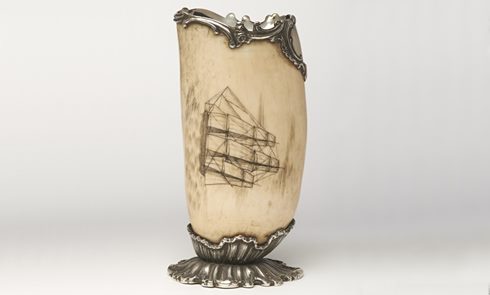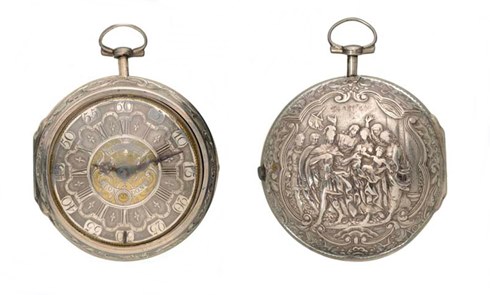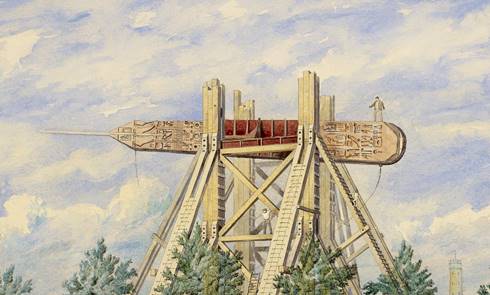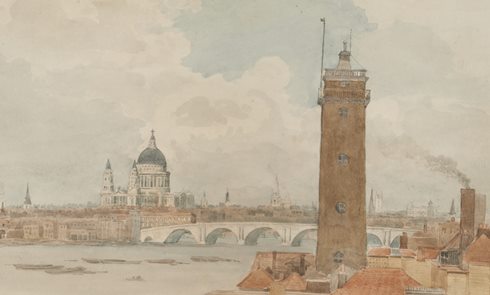London Making
Every month we bring to you a thematic selection of some amazing stories from our collection.
The new museum coming in 2026 will be situated at the heart of the capital’s historic Smithfield area next to Farringdon.
Until then, the fun continues at our Docklands museum!

Every month we bring to you a thematic selection of some amazing stories from our collection.
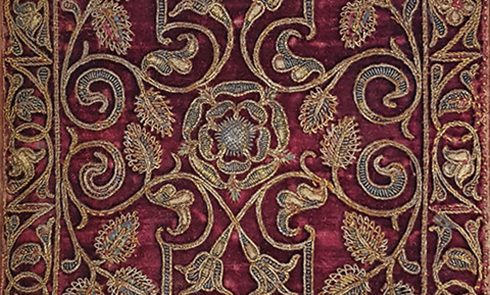
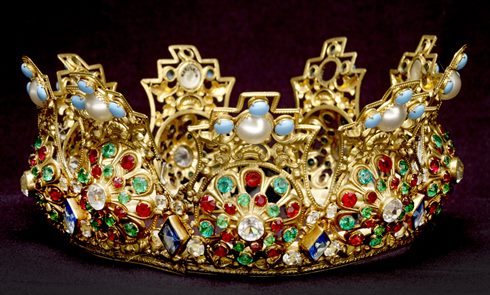
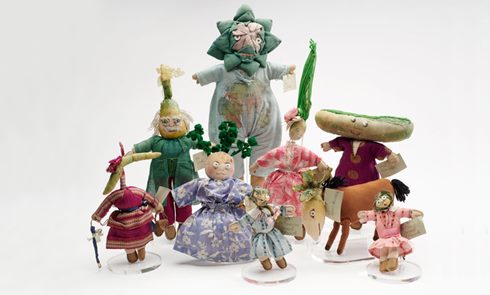
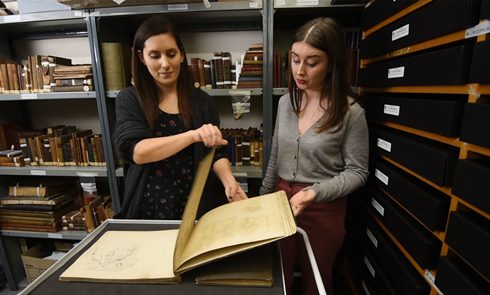
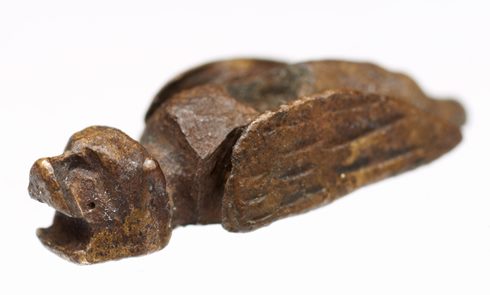
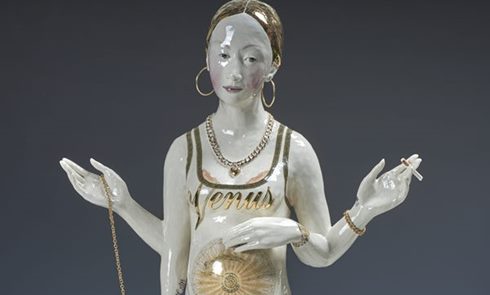
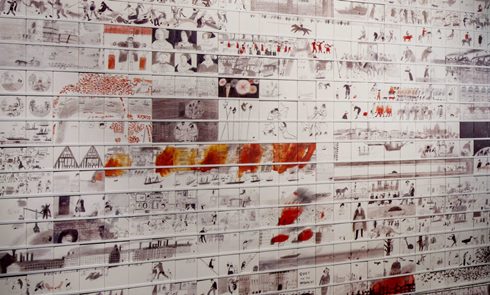
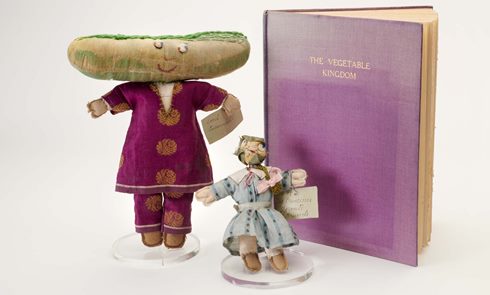
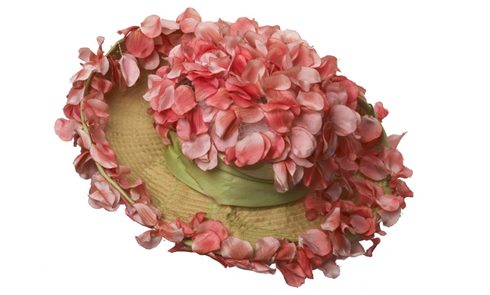
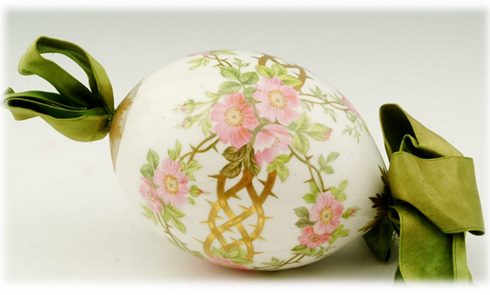
![Miniature model of a Roman axe, with modern coin for scale
Roman, probably AD 43-200; ID no. BRE74A[59]<3>](/application/files/1416/5901/6446/roman_miniatures_GLP_490.jpg)
